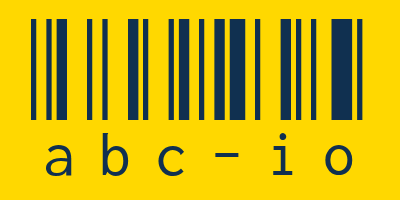Apple unveiled its new line of iPhones on Tuesday, and the iPhone 17 Pro is making a direct appeal to content creators.
The iPhone camera has long checked all the boxes for anything that a casual user might need, making a digital camera obsolete for most consumers. But for millions of content creators — an industry encompassing an estimated 200 million potential customers — it has remained necessary to buy handheld video cameras from companies like Canon, Sony, Panasonic, Nikon, and Fujifilm. Some of these camera brands have spun up entire product lines marketed as “vlogging cameras,” featuring pop-out displays to record selfie videos, as well as compatibility with the common dimensions used for social media.
But the iPhone 17 Pro could finally be the device that makes content creators’ other video cameras collect dust.
At a glance, a key difference here is that the new iPhone 17 Pro’s camera sensor is 56% larger than the iPhone 16 Pro’s. The size of a camera sensor impacts most aspects of a camera’s performance, like low-light capabilities, depth of field, and resolution — so, basically, the specs are simply just better on the new device.

But under more scrutiny, the specs remain impressive for a pocketable camera that weighs half a pound. (It still clocks in a tad lighter than the Ricoh GR IIIx, a tiny camera I’ve been eyeing for everyday street photography.) The iPhone 17 Pro’s main, ultra wide, and telephoto lenses are all 48MP fusion cameras, making optical zoom possible at 0.5x, 1x, 2x, 4x, and 8x. The telephoto lens is a huge improvement from the iPhone 16 Pro’s 12 MP lens, while the selfie camera also improves from 12 MP to 18 MP.
“The wider field of view in higher resolution are particularly useful when recording yourself speaking directly to the camera, making our Pro models the absolute best choice for content creators,” said Patrick Carroll, manager of iPhone camera architecture, during Apple’s presentation.
But most important for creators is the phone’s video capabilities — like the previous model, the iPhone 17 Pro supports 4K 120 fps video recording in Dolby Vision, but it’s the new, creator-focused video features that come baked into the phone that make it stand apart.
Though also included in other iPhone 17 models, the dual front and back camera recording is bound to be a hit with creators. The whole product line also supports Center Stage mode on the front camera, which lets users capture both horizontal and vertical orientations without rotating the phone. These features will be better on the Pro, since it improves on the basic device’s video capabilities with ultra-stabilized video at 4k 60 fps, which is a boon for creators on the go.

When it comes to editing and compatibility with professional film setups — something central to creators’ workflow — the iPhone 17 Pro takes a big leap.
For creators who record videos or livestream in a home studio, the iPhone 17 Pro supports Genlock — a setup that allows multiple cameras to easily work together in sync — with an API available for developers to create custom filming setups.
In conjunction with the release of these new iPhones is Final Cut Camera 2.0, an upgrade to Apple’s free app that makes more professional-level video editing possible on the device. With the updated app, creators can film in Apple’s ProRes RAW format, which Apple says will speed up exports and make files smaller without sacrificing quality.

“The update also introduces open gate recording, which uses the full camera sensor to capture a wider field of view at resolutions greater than DCI 4K,” Apple said in a press release. “This gives editors ultimate flexibility to reframe shots, stabilize footage, and set final aspect ratios, all without compromising image quality or performance.”
It makes sense that iPhones have historically left a bit to be desired for professionals. The iPhone, unlike other cameras, has to do so much more than just take photos and video — Canon, for example, doesn’t have to dedicate any of its hardware budget to GPUs that run complex AI models on-device.
But the bottom line is, the iPhone 17 Pro is a phone. For many creators, carrying one device in an iPhone, as opposed to a phone and a separate camera, is already appealing enough.











Add Comment